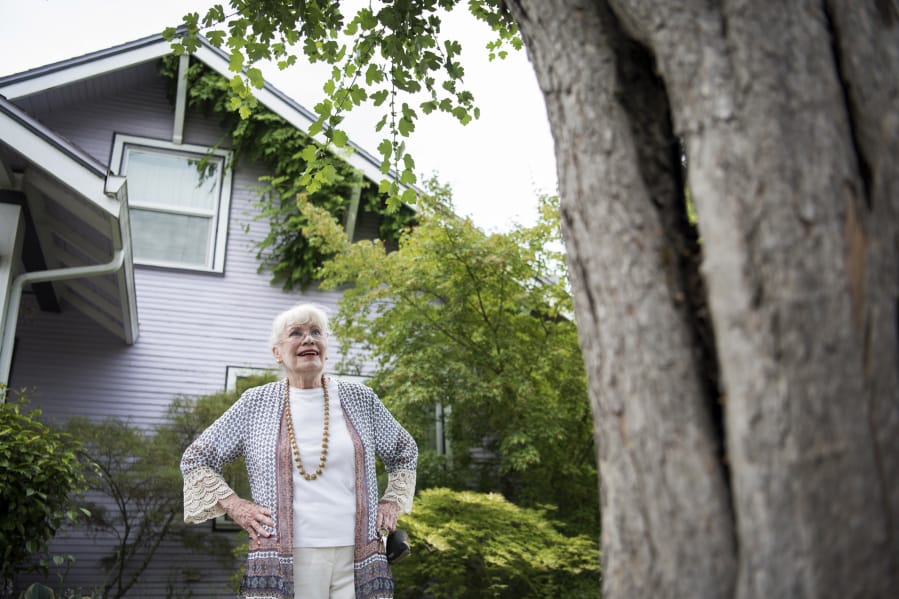Residents in Minnehaha have The Columbian to thank, or blame, for their neighborhood’s name. Columbian editor S.D. Dennis used the name, meaning “laughing water,” to describe Burnt Bridge Creek as a reference to Henry Wadsworth Longfellow’s poem “Song of Hiawatha,” according to The Columbian archives. Local legend says that Burnt Bridge Creek was formally Bridge Creek until the bridge burned down.
Some names have stuck for decades, even after original plans for those areas fizzled out. Sifton is named for a dentist who hoped to build a major city, perhaps even larger than Vancouver. Dr. John Sifton came from Portland and had it platted in about 1910, but ended up losing “a lot of money,” as he told a patient in 1920, according to Columbian archives. Bagley Downs was named for Bert Bagley Jr., who built a race track on his dairy farm at Fourth Plain Boulevard and Falk Road, where the Clark County Fair was held until 1928. The fair moved, but Bagley continued to race horses and eventually dogs.
Names for landmarks
Current Clark County Historical Museum Executive Director Brad Richardson said it can be hard to pinpoint just exactly when a neighborhood was named and why it got that name, as residents in a community usually started calling their neighborhood by a name long before it was officially recognized by the government. Around Vancouver, a lot of neighborhoods take their name from nearby landmarks.
“Schools have influence,” he said. “Agricultural references are really prominent.”
That’s how the city got neighborhoods such as Carter Park, Columbia River and Fruit Valley. Neighborhoods are also frequently named after early settlers or developers, such as DuBois Park, as the neighborhood and park were named for 1950s developer Robert DuBois, who donated land to the city for the park, according to The Columbian archives.




